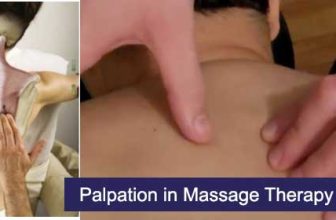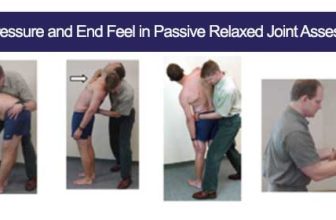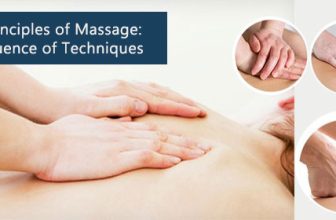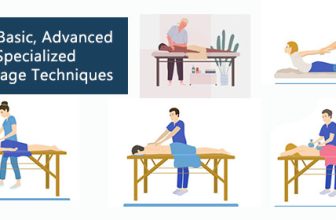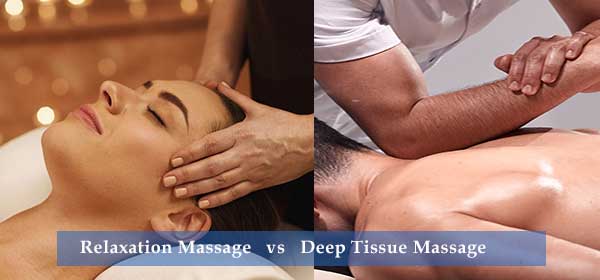
A relaxation massage and a deep tissue massage are two distinct types of massage therapies, each serving different purposes and offering unique benefits. Here’s a deeper look at the differences between the two:
Relaxation Massage vs. Deep Tissue Massage
1. Pressure and Intensity
Relaxation Massage: A relaxation massage typically involves gentle to moderate pressure. The main focus is on providing a soothing and calming experience, promoting relaxation, and reducing stress and tension throughout the body.
Deep Tissue Massage: In contrast, deep tissue massage involves firmer and more intense pressure. The therapist uses slow strokes and applies deep pressure to reach the underlying layers of muscles and connective tissues. The goal is to target specific areas of tension and discomfort, addressing chronic pain and muscle tightness.
Relaxation Massage vs. Deep Tissue Massage
2. Techniques and Focus
Relaxation Massage: A relaxation massage incorporates long, flowing strokes, kneading, and gentle stretching techniques. It aims to provide a full-body experience, promoting overall relaxation, and stress and tension relief. The focus is on creating a tranquil atmosphere and inducing a state of deep relaxation.
Deep Tissue Massage: Deep tissue massage utilizes techniques such as deep finger pressure, forearms, elbows, and slow strokes. The therapist targets specific areas of muscle tension, using sustained pressure to release muscle knots and break up adhesions. The focus is on addressing chronic pain, improving mobility, and promoting healing in injured or overused muscles.
| Common Techniques used in Relaxation Massage Therapy | Common Techniques used in Deep Tissue Massage |
| Effleurage: This technique involves long, sweeping strokes using the palms of the hands or fingertips. It is a gentle and soothing movement that helps to warm up the muscles, improve circulation, and induce relaxation.
Petrissage: Petrissage involves kneading and squeezing the muscles using the hands, thumbs, or fingers. It helps to relieve muscle tension, improve blood flow, and promote a sense of relaxation. Compression: Compression involves applying pressure to specific areas using the palms, thumbs, or forearms. It helps to release tension and promote relaxation in the muscles. Tapotement: Tapotement includes rhythmic tapping, cupping, or chopping movements performed with the hands, fingertips, or sides of the hands. This technique can invigorate the muscles, improve circulation, and provide a stimulating effect. Vibration: Vibration involves using a shaking or vibrating motion with the hands or fingertips. It helps to relax the muscles, relieve tension, and promote a sense of calm. Stretching: Stretching techniques may be incorporated during a relaxation massage to gently elongate and relax the muscles. These stretches are usually gentle and aim to enhance flexibility and relieve muscle tension. Joint Mobilization: Joint mobilization techniques involve gentle movements of the joints to improve their range of motion and promote relaxation. |
Deep Pressure: The therapist applies firm pressure using their hands, forearms, elbows, or fists to reach the underlying muscles and tissues.
Friction: Friction involves applying sustained pressure across the muscle fibers using the fingertips, thumbs, or palm of the hand. This technique helps to break up adhesions and scar tissue, restoring flexibility and improving circulation. Stripping: Stripping involves applying deep, gliding pressure along the length of a muscle using the thumbs, knuckles, or elbows. This technique helps to release muscle tension, elongate the muscle fibers, and improve range of motion. Trigger Point Therapy: Trigger points are areas of localized muscle tension that can refer pain to other parts of the body. The therapist applies sustained pressure to these trigger points to release tension and alleviate pain. Cross-Fiber Friction: This technique involves applying pressure across the muscle fibers in a transverse direction. It helps to break up adhesions, realign muscle fibers, and enhance flexibility. Stretching: Stretching techniques may be incorporated during a deep tissue massage to further relax the muscles and improve their flexibility. These stretches can be passive, where the therapist gently moves your limbs, or active, where you actively participate in the stretch. Myofascial Release: Myofascial release involves applying sustained pressure to release tension in the fascia, a connective tissue that surrounds and supports muscles. This technique helps to improve mobility, relieve pain, and restore balance in the body. |
Relaxation Massage vs. Deep Tissue Massage
Benefits
Relaxation Massage: A relaxation massage primarily focuses on providing a sense of calmness, reducing stress levels, and enhancing overall well-being. It can help improve sleep quality, boost circulation, relieve muscle tension, and promote a general sense of relaxation and rejuvenation.
Deep Tissue Massage: Deep tissue massage offers a range of benefits beyond relaxation. It can help alleviate chronic pain and pain associated with overuse injury, muscle tightness, bad posture, restricted mobility and etc. It helps release muscle knots, reduce adhesions, improve flexibility, promote better posture, and enhance overall muscle function.
Relaxation Massage vs. Deep Tissue Massage
Discomfort and Sensations
Relaxation Massage: During a relaxation massage, you should generally experience gentle and soothing sensations. The pressure applied is comfortable and aimed at inducing relaxation. It is unlikely to cause discomfort or pain.
Deep Tissue Massage: Deep tissue massage may involve some discomfort, especially when the therapist is working on deeper layers of tissue or targeting specific areas of tension. You may experience some referred pain sensations as the therapist works on releasing muscle knots and adhesions. It is essential to communicate with the therapist regarding your comfort level, and they will adjust the pressure accordingly.
The choice between a relaxation massage and a deep tissue massage depends on your specific needs, preferences, and goals. If you seek relaxation, stress reduction, and overall well-being, a relaxation massage may be ideal. However, if you have chronic pain, muscle tightness, or specific musculoskeletal issues, a deep tissue massage can provide targeted relief and promote healing.
